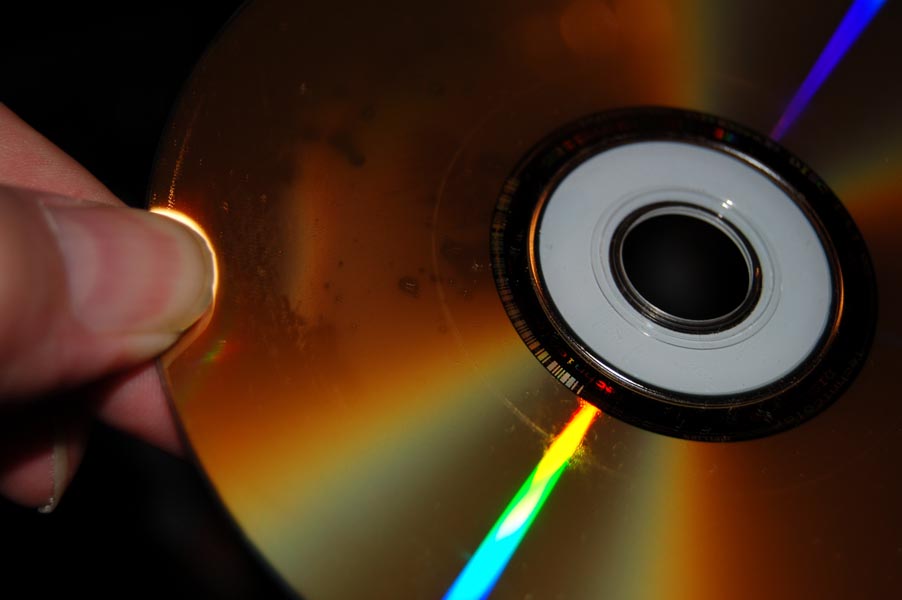Nintendo
Nintendo Switch

http://www.prodisc.com.au/Portals/0/images/articles/Disc%20Rot%20main%20article%20-print%20version%20-high%20res.pdf
http://www.google.com.au/search?hl=en&q=disc+rot&bav=on.2,or.r_gc.r_pw.&biw=1525&bih=724&um=1&ie=UTF-8&tbm=isch&source=og&sa=N&tab=wi
http://www.rfgeneration.com/news/Disc-Rot/An-important-note-to-Video-Game-Sellers-and-Buyers-1337.php
Normally my blogs contain humorous little diatribes or reflective thoughts on gaming and collecting in general. However, I feel the very pressing need to make a PSA to the gaming and collecting community at large:
Sellers, PLEASE start checking your games for 'disc rot'.
YES, it exists. I've bought half a dozen games this year alone, online, that had this problem upon arrival, including Panzer Dragoon Saga and several Turbo CD games.
What is disc rot?
Well, first let's explain what it is not: an indication of someone handling the game poorly. Unless there is a scratch on the top layer of the disc that ends up appearing similar to disc rot (a tiny nick on the label can look similar), the problems are separate and unrelated. For some of the games I purchased, the seller felt cheated because of the claim that there were no scratches or problems with the disc and that it was well taken care of. Disc rot damage is typically unrelated to how well one takes care of the disc.
Disc rot, as far as my research has shown, is due to bad disc pressing during the manufacturing process. Apparently microscopic air bubbles or other contaminants may get trapped in with the information layer between the outer polymer layers. Sometimes the pressing may be slightly uneven. Or the thin lacquer protective layer is compromised. In any case, over time the information layer is oxidized in these tiny pockets and 'rust' or 'rot' pieces of the information layer.
Some of my SEGA SATURN games suffer from Disc Rot.

